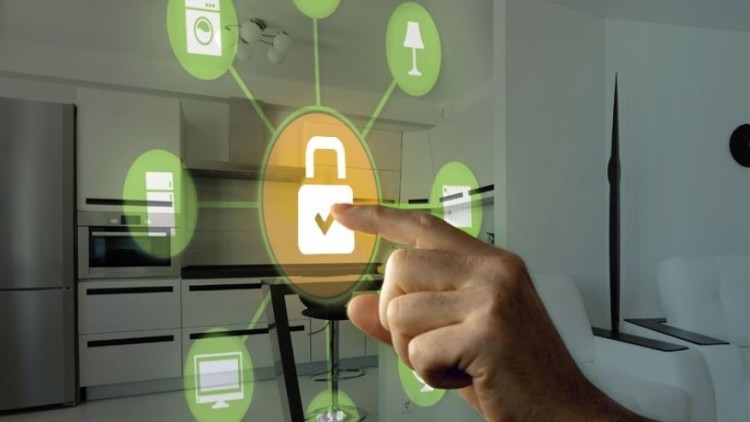
For more than two decades, I have written an annual column with tech predictions for the next year. But this year I am deviating a bit from this tradition by highlighting promising technology as well as a few areas of concern. Let me start with the four tech products I believe will be interesting in 2016.
1. Uptick in Windows 10 Adoption
Although Windows 10 did not help the PC market in 2015, it should give it a boost next year, particularly in IT. Researchers and PC vendors I talk to say Windows 10 is the best OS Microsoft has introduced in 10 years, and they are seeing serious interest from IT departments that will be upgrading in larger numbers in 2016. If so, that would mean the PC market will only be off by -2 percent next year rather than -10 percent in 2015. PC vendors have concluded that PC demand will hover between 285-300 million global sales annually for the next three years. But others think that within 3-5 years, we may see only about 225-250 million sold each year, meaning we should prepare for a PC world where only HP, Dell, and Lenovo survive.
2. 2-in-1s and Convertibles Start to Catch On
By the end of this year, 2-in-1s and convertibles will account for less then 10 percent of all PCs sold in 2015. Despite heavy advertising from Microsoft and the PC vendors, products like Microsoft’s Surface Pro and others in this category have been slow to take off. Even the iPad Pro has not helped this segment of the market grow. But that may change in 2016. Both 2-in-1s and convertibles are beginning to make more sense for a lot of laptop buyers since they do add a level of flexibility to the computing experience. Interestingly, if the industry pushed them as future proofing laptops, they would get a lot more attention as people now hold on to their laptops and PCs for years. But they would never do that because they really want people to buy new laptops every 3-4 years, with an eye on making 2-in-1s and convertibles account for as much as 40 percent of all laptops sold by 2018-2019.
3. Android 2-in-1s, Laptops Hit the Market
Although Google is still trying to push Chrome as its OS for laptops, the tide is turning and by the end of 2016 we should see many Android-based laptops and perhaps even Android desktops on the market. We know that at least one or two Android 2-in-1s will be launched at CES next week, but by this time next year, Android fans could have many more to choose from, sources tell me. These types of products would be especially attractive to a younger audience who cut their computing teeth on iOS and Android and have little interest in using Windows or even Mac at work.
4. VR and AR Domination? Not Exactly
I bought myself the $99 Samsung Gear VR for Christmas. It only works with a Samsung phone and needs special Oculus apps to really work. Although the experience is interesting, it is very clear to me that virtual and augmented reality are many years away from delivering a great consumer experience that will have major impact on the way people see and interact with technology. The Samsung Gear VR provides a glimpse of our future, and VR and AR will be a game changer for the overall PC, consumer electronics, and communications industries, just not in 2016. Next year is all about laying the building blocks for an eventual VR and AR experience that could be very cool for everyone.
Concerns
1. Hackers Targeting Sensitive Infrastructure
For years, I have been predicting that hackers will go after our power grid and other parts of the U.S. energy, banking, and communications infrastructure. News last week that hackers in Iran stole plans from multiple U.S. power plants underscores this threat. If you have ever had the power go out for any length of time you know how serious something like this is to businesses and homes. With hackers stealing personal identities and going after banks and even trying to take down the Internet, the need for increased security measures to protect these institutions has never been higher. A major IT director told me recently that as much as 20 percent of his IT budget is now allocated to security and protecting his company from outside attacks. The U.S. government, local utilities, banks, and communications companies need to do the same. This threat will only get worse, and these folks need to up their game in this area.
2. IOT Will Remain Confusing
I am really concerned that the industry as a whole has no real plan to harmonize the Internet of Things (IOT) in a way that really makes it work for consumer audiences. Today, most IOT companies and products act like an island unto themselves and some treat their products as standalone models that only have value by themselves. While that may be true in some cases, most need to talk to and work with each other. IOT today is just too confusing to a mass consumer audience. If it is to live up to its trillion-dollar potential, industry leaders like Apple, Microsoft, Google, Intel, and others need to make nice so their devices, products, and even services talk to each other and deliver to the consumer a much cleaner and easier to understand IOT.